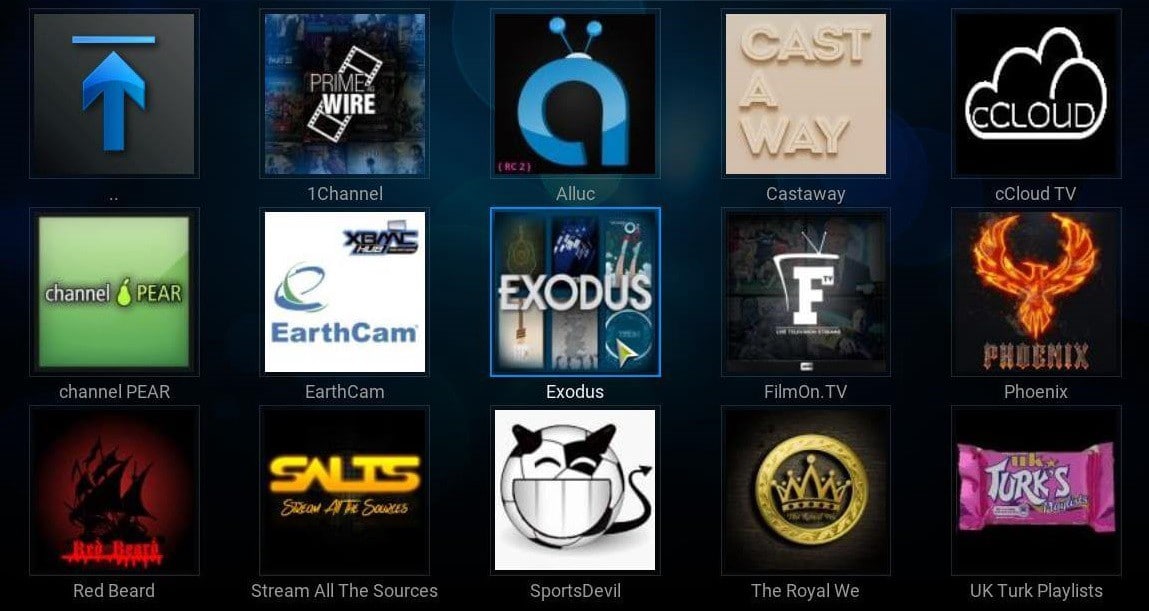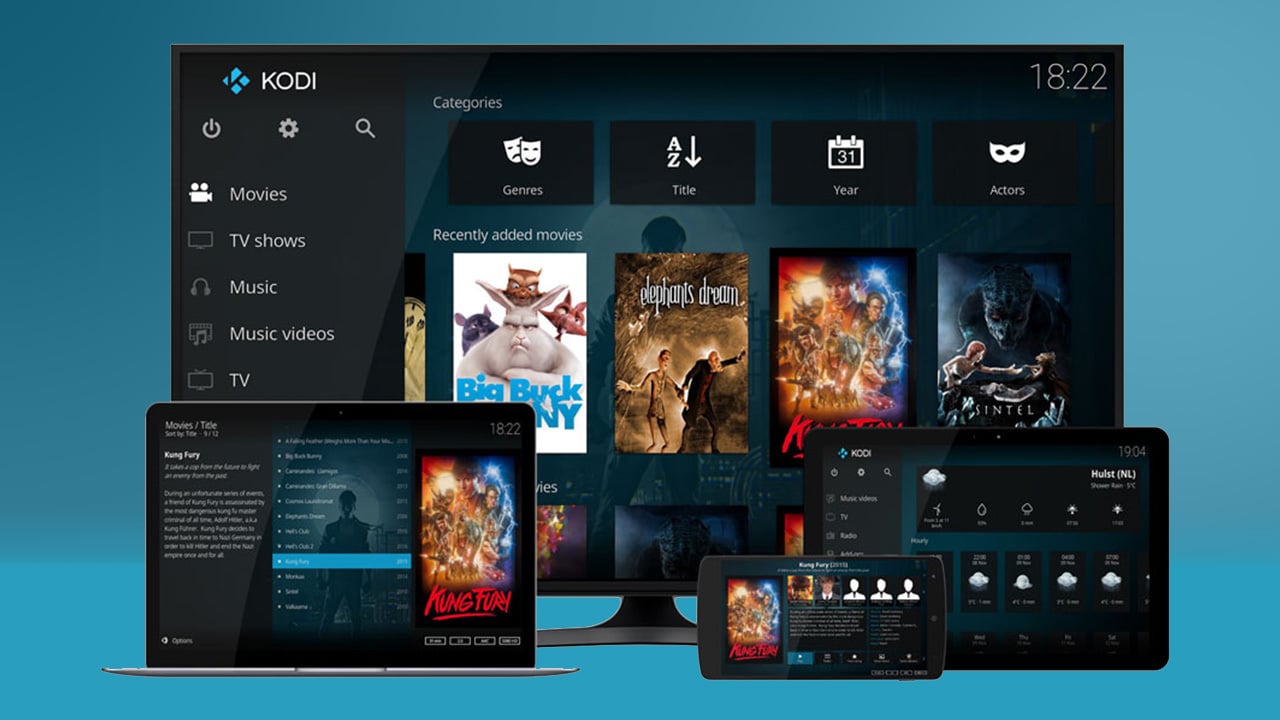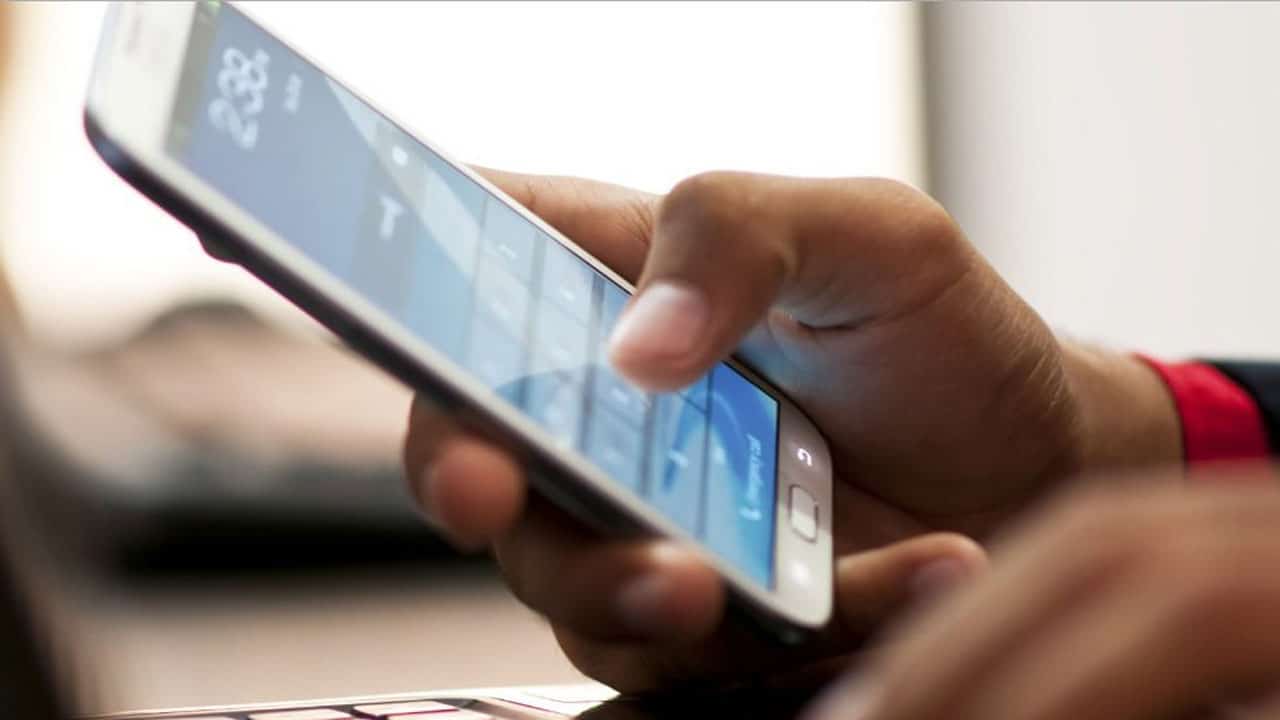During certain moments of working, you will notice that your Mac is not connecting to your Wi-Fi network. Typically, you would need to restart your system, and then try connecting once more.
This may not always work for everyone, and when it happens, you won’t know what to do in that situation.
But we have some troubleshooting methods for you to try out.
1. Check Your Network
The foremost thing is to check whether it’s your network’s fault. Then try connecting to another device, if it doesn’t then the problem is from your Mac.
2. Check Ethernet Cable
If you use a cable to connect to the internet, the chances are that something’s up with the LAN cable. Go ahead to see if it’s fixed properly, otherwise, re-plug it with a different cable. This can be done even if you don’t use a LAN cable to connect to the internet since it allows you to access the web for a while.
3. Interference
Sometimes, your system might be far away from the internet router. Or maybe the router is placed behind a thick wall or in an appropriate position. The signal interference might cause your Mac to not connect to the network.
4. Check the Obvious
However, it would be great to check if your Mac has a Wi-Fi or not. If it is on, then check to see if the connected network is the right one. The chances are that it might be connected to a separate network.
5. Update
Updating the MacOS is a good idea too. Outdated softwares which require updates sometimes cause system issues. You can do this on Mojave by hitting the Apple logo which is located on the top left corner. Then click on the About This Mac, and you will find the Software Update option.
6. Forget the Wi-Fi network
A simple trick that sometimes works is to forget about the current network you are connected to and then re-enter the credentials to reconnect. To do this, click on the Apple logo and then go to System Preferences > Network > Advanced.
You will get the list of networks that you have connected to, select the one you want to disconnect from and then click on the minus sign.
7. Change Router Channel
The Router uses channels to create a connection. Some channels are crowded, and that causes the delay in connection. To change the channel you need to know the IP of the router. To change the IP, you have to head to Network > TCP/IP.
Again, your network is the router’s IP. So you have to copy this into the address bar of your browser. This will allow you to monitor your router’s channels. And it has a password which if you have not changed can be gotten from the internet.
8. Renewing DHCP
The DHCP assigns the IP address to your Mac. Renewing it might let you reconnect properly. You can also do this by visiting the TCP/IP section as explained above and clicking on Renew DHCP Lease.
9. Change DNS settings
There are other advantages to changing your DNS. It matches your IP to the domain name then allowing you to connect. Navigate to Advance under Network > DNS >> DNS Servers. After which you click on the plus sign. Google’s DNS is 8.8.8.8.









